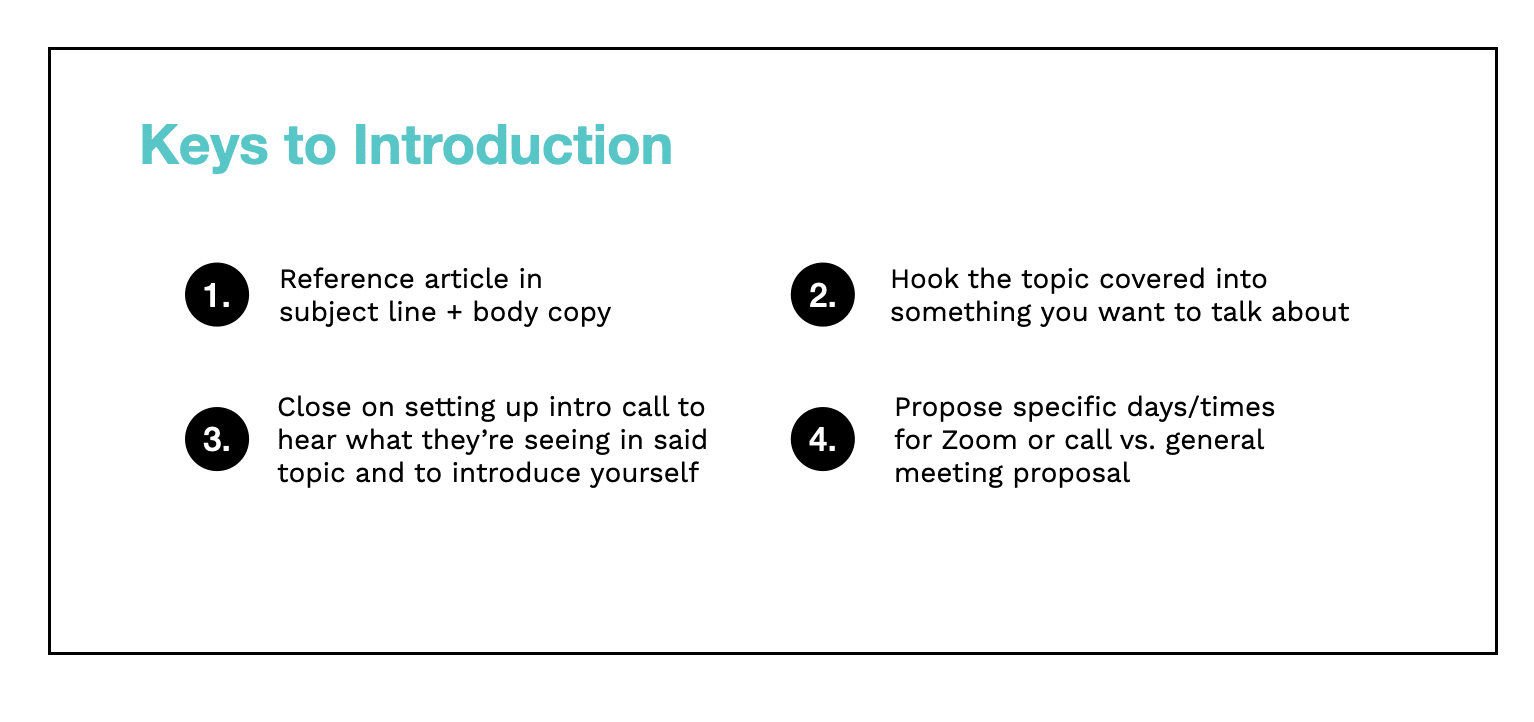Interested in learning more about the Advisor I/O platform?
Leave us your info and we'll send you more details
Blog Detail
Building a PR Strategy for Your Practice as a Financial Advisor
by Advisor I/O
When it comes to PR as part of an advisor marketing strategy, it usually falls into one of two buckets: A top priority or no priority at all. There’s no in-between. And as further challenge, when thinking about successful PR, the focus tends to be on the biggest practices – the Ritholtz and Carson Wealth’s of the world, and the biggest publications – the CNBCs, WealthManagement.coms, Bloombergs.
It doesn’t need to be like that – and probably shouldn’t. If you’re an advisor with between $50-250M AUM, you likely either don’t have the resources to hire a PR person with the contacts at these bigger publications or being featured in these publications will never reach the demographic you’re trying to attract into your audience.
In our experience, a large majority of clients come through local sources (referrals, local search, etc.), so most advisors are trying to build more of a brand within their local community. It follows that if brand building and lead generation is a focus for your practice, you need to make local and regional PR part of your strategy.
We dive into the steps to building a PR strategy.
Identify 10-15 Publications (Local / Regional / Industry)
- Your first step is to identify the publications you want to be featured in. It should include a mixture of local, regional, and industry specific publications. For example, we’re talking to a client about building more of a brand in Dallas, so one of the publications he’s beginning to track is The Dallas Morning News. This list should include 10-15 publications that you know your ICP (Ideal Customer Profiles) reads daily, and you know that they cover topics you want to discuss.
Look for Related Articles on Publications
- Once you’ve identified those publications, it’s time to source related articles. This takes a bit of time, but not more than 30-45 minutes. You want to identify articles on these publications that cover topics you want your clients to know about – retirement income, etc… Going back to our Dallas example, there was an article that was titled “What’s your takeoff point? The moment you’ve saved enough for retirement.” You’re using these articles to identify reporting sources. This was the perfect article in this instance because the author is writing about financial planning, retirement, and money regularly.
Search for the Author and Their Contact Information
- You’ve identified the publications, found an appropriate article or two, and now it’s time to lock in the reporters. This is one of the most important aspects of building a PR strategy because the relationship is built with the reporter, not the publication. Once you’ve found the right person, you need to either 1. Find their email address or 2. Find them on LinkedIn. If you can’t find their contact information, another good place to find reporters is on social media, particularly Twitter. Most have some type of visible presence on Twitter, so it can be a great place to follow them and begin to engage with them.
Build a PR Strategy Backlog That Guides Your Outreach
- As you’re completing all of these steps, you need a place to document your findings. This should be a simple spreadsheet with 5 columns – publication, name of reporter, articles they’ve written, contact information, pitch talking points. Filling out these 5 columns will give you what need to reach out to them in a meaningful, engaging manner.
Reach out to a Writer, Engage on Social, etc.
- The most important aspect of this process is the reporter outreach. Why? Because most of the time, these reporters get blanket, vanilla templates that they immediately delete because they include no personalization or context. Make it about them and their work. Do not send the same outreach template to all reporters – below we list a few keys to the introduction that you should take into account.

- In addition to direct outreach, follow them on social and engage with them. The key here is: engage. You have to make it known that you’re interested in speaking with them, you have to ensure they’re aware of what you do. Comment on their pieces (assuming you’re compliance approved to do so), add additional insight, etc.
The Bottom Line
- You can build your own PR strategy as a financial advisor, and it doesn’t require an expensive consultant or a ton of time. It requires an organized list of publications and individuals that you can reach out to consistently when you have something of value to share. Get building your PR strategy today and as always, feel free to ping us at [email protected] with any questions.




